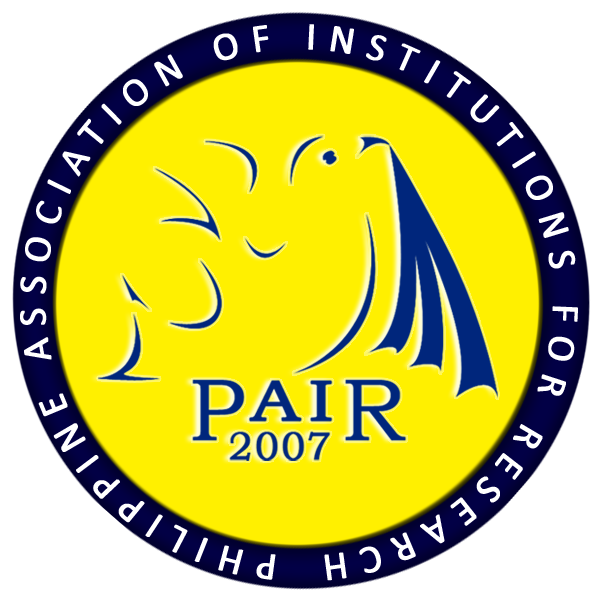Low Flow Duration Frequency Relationships of Selected Catchments in the Blue Nile Basin
DOI:
https://doi.org/10.7719/jpair.v23i1.350Keywords:
Hydrology, Low Flow Extremes, QDF, Blue Nile Basin, Experimental Design, Cebu, PhilippinesAbstract
Low flow extremes are natural phenomena that have amplitudes lower than the average low flow on a river basin brought about by severe droughts that hamper sustainable development in the basin (e.g. agricultural damage, water supply shortage). The study aimed to establish a probabilistic picture of extreme Low flow-Duration-Frequency (QDF) relationships in the Blue Nile basin. A 3-arc seconds (approximately 90m at the equator) digital elevation model (DEM) that covers the Blue Nile basin from CGIAR-CSI SRTM 90m database were downloaded and used in the delineations. The distribution parameters and aggregation levels were calibrated in a combined manner in deriving the QDF relationships accounting for their return period. Hence, the QDF relationship comprises the multi-duration and multi-frequency characterisation of observed extreme values. The amplitude of low flow discharge in Blue Nile basin is phenomenally varying with catchment area, hence, accurate and representative design of QDF curves should be created in order to prevent over and under estimation of design discharge values. Low-flow-duration-frequency models represent the watershed drought regime which can be used to predetermine low-flow characteristics of a catchment. The QDF models developed in this study can be a useful tool in terms of amount and duration of water abstraction during dry period in an area.Downloads
References
Awulachew, S. B., McCartney, M., Steenhuis, T. S., & Ahmed, A. A. (2008). A review of hydrology, sediment and water resource use in the Blue Nile Basin. Colombo, Sri Lanka: International Water Management Institute (IWMI) 81p. (IWMI Working Paper 131).
Downloads
Published
Issue
Section
License
Copyright (c) 2016 Jeremy P. Mondejar, Patrick Willems

This work is licensed under a Creative Commons Attribution-NonCommercial 4.0 International License.
Open Access. This article published by JPAIR Multidisciplinary Research is licensed under a Creative Commons Attribution-Noncommercial 4.0 International (CC BY-NC 4.0). You are free to share (copy and redistribute the material in any medium or format) and adapt (remix, transform, and build upon the material). Under the following terms, you must give appropriate credit, provide a link to the license, and indicate if changes were made. You may do so in any reasonable manner, but not in any way that suggests the licensor endorses you or your use. You may not use the material for commercial purposes.




















